Fear of Never Seeing Yourself Again Phobia
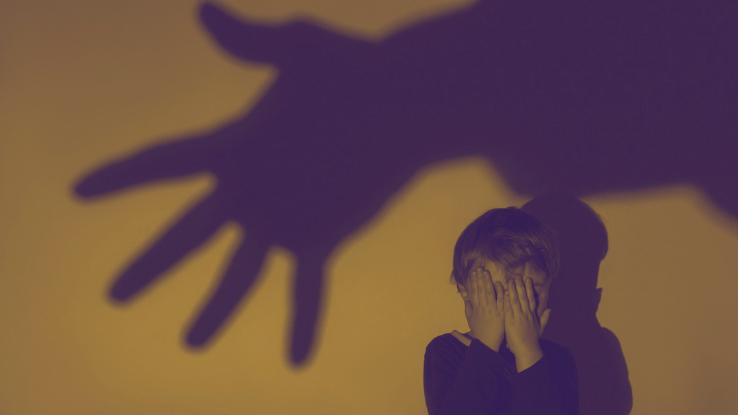
Nearly everyone has some kind of fear. Sometimes these fears are rooted in bodily experiences, but that isn't e'er the example. And then, what's a phobia? Most ordinarily, it'south defined every bit an overwhelming and often debilitating fear of something. Additionally, phobias are commonly broken downwardly into subcategories, including animals, environmental, injury, situational and other. Here are the 20 almost common phobias that folks feel.
1. Arachnophobia
1 of the most common phobias is Arachnophobia — the fright of spiders. Many people who take this fearfulness may recall a childhood retention involving a spider, or may just exist frightened past the appearance of a spider. Even the thought of i crawling on their peel can brand them shudder in fear. The sight of a spider tin cause a phobic person to scream, run away or have a full-blown panic attack. In the dark ages, spiders were thought to harbor the bubonic plague and were seen every bit a source of nutrient and h2o contagion, leading to a historical, widespread fear.
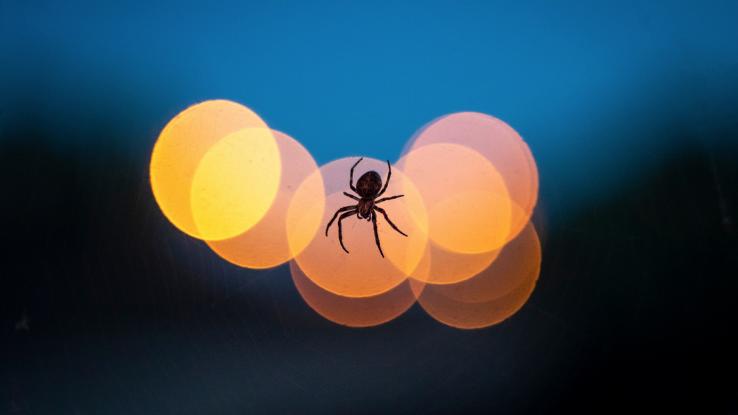
2. Ophidiophobia
Ophidiophobia is a fear of snakes. Some sufferers tin't pinpoint the verbal machinery of fear: For some, information technology's the way a snake moves, but, for others, it's the fear of being bitten. Some experts believe that the fright of snakes may be an innate — a vestige of some survival mechanism to protect people from poisonous reptiles — though others argue that if this was the case, this phobia wouldn't exist every bit common equally it is. Snakes are ofttimes portrayed in the media as negative or dangerous beings, which might contribute to a learned component of ophidiophobia. This phobia tin cause people to avoid places like zoos or pet stores.
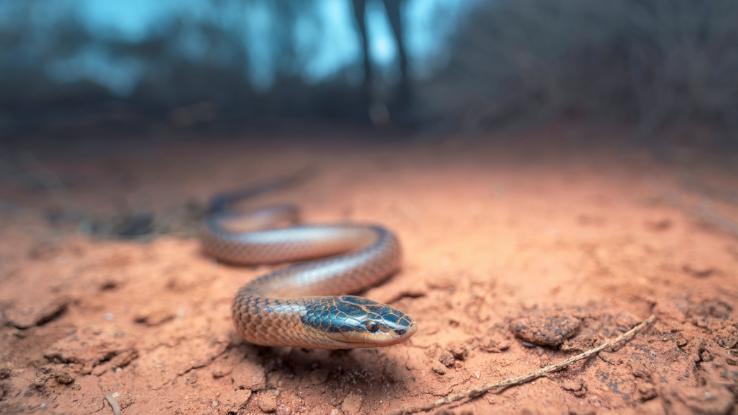
3. Acrophobia
Acrophobia is a fearfulness of heights. This phobia tin can vary in severity. Some people may avoid going up to high floors in a building, climbing a ladder or going across a bridge. This fear overlaps with other fears, such equally a fear of flying. Oft, when faced with a height, people can feel dizzy, unsteady, and nauseous. Additionally, they may feel an overwhelming need to go on their hands and knees in society to minimize their summit. Acrophobia can strike fifty-fifty when the individual is not very high upwardly, and occurs despite the person knowing they are safe from falling.

4. Claustrophobia
Virtually people know that claustrophobia is the fear of bars spaces. This fearfulness tin manifest later a traumatic feel, such as being stuck in an elevator, though this is non e'er the case. Claustrophobia tin also strike when inside a vehicle, similar a packed subway car, especially if information technology's crowded. Individuals may also feel panicked when faced with spaces such as caves or tunnels, and this phobia may overlap here with the fear of darkness. Claustrophobia can vary in severity and is known to run in families.
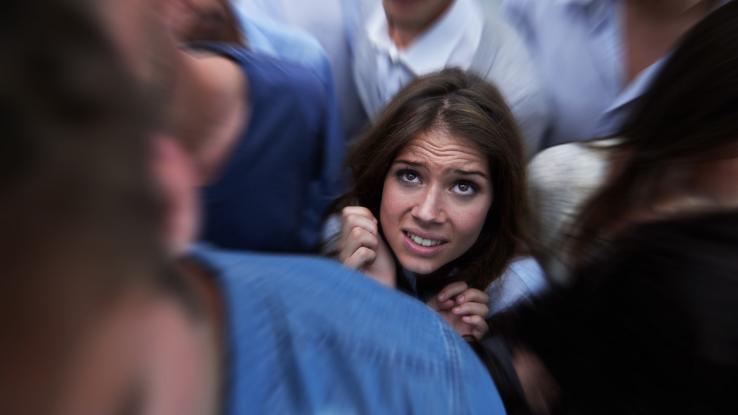
5. Glossophobia
This is one phobia that many people struggle to overcome. Glossophobia is the fear of public speaking. This phobia can manifest in childhood, and it's estimated that upwardly to 75 percent of people have this fear to some degree. It tin can manifest very physically, with an individual being completely incapacitated when faced with speaking in forepart of a crowd. Information technology may occur only with large crowds, but may be then astringent that the person cannot fifty-fifty speak in forepart of one person. In that location is an clan and overlap betwixt glossophobia and agoraphobia, fearfulness of beingness in an inescapable situation.
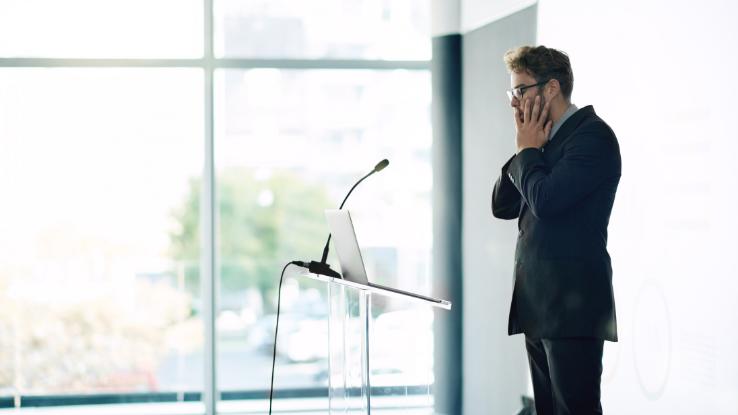
6. Agoraphobia
Agoraphobia is a fright of existence in a situation that is perceived to be unsafe, where information technology may be difficult to remove oneself from apace. This commonly manifests as fearfulness of crowded spaces, public spaces, or even just being exterior of the domicile environment. Agoraphobia is a blazon of feet disorder and can often be provoked by a traumatic issue such as the decease of a family unit member. Agoraphobia can be debilitating, and those who suffer from extreme forms may be unable to leave their house at all.

vii. Trypanophobia
Trypanophobia is the fear of needles. This is another phobia that runs in families though it is unclear every bit to whether it is inherited or learned. It is unclear sometimes if the fear is from the sight of a needle or from the actual feel of the skin being punctured. It is particularly common in children and may children outgrow this fearfulness. Trypanophobia may exist unsafe because people with this phobia may avoid getting medical or dental treatment to avoid needles. At that place is an overlap with other phobias such as fear of the dentist or fear of claret.
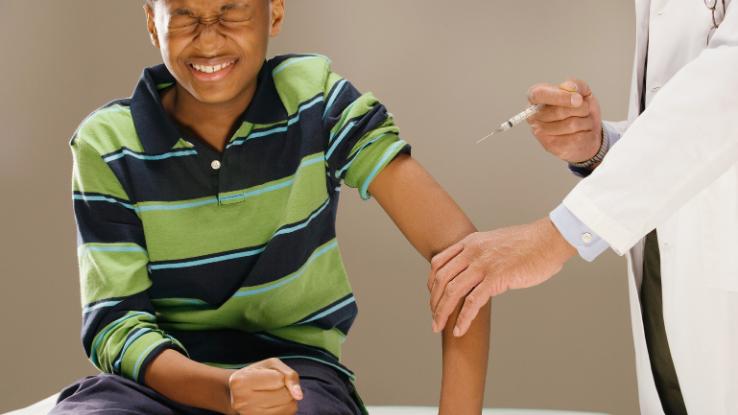
8. Pteromerhanophobia
Pteromerhanophobia is the fear of flying, also known as aviophobia or aerophobia. The underlying cause of this phobia may actually be a fear of enclosed spaces, or a fear of injury or decease, or agoraphobia. This fear might manifest suddenly merely when an private first travels by air, and can interfere with career aspirations and family relationships, because traveling is restricted.
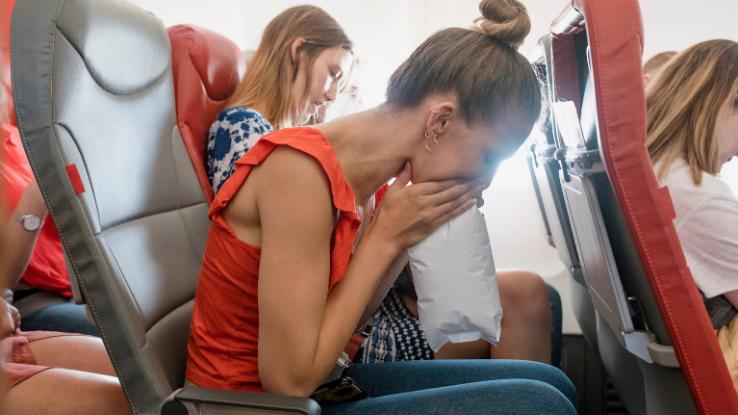
9. Necrophobia
Necrophobia is the fright of expiry or dead things. This is a very mutual fright, specially subsequently the loss of a loved one. This fear is a sort of defense mechanism of the mind. This can besides be a very hard phobia to overcome because of the inherent incertitude surrounding death and the large faith component associated with expiry and dying. This fear may cause other phobias to develop such as fearfulness of flight or fear of heights.
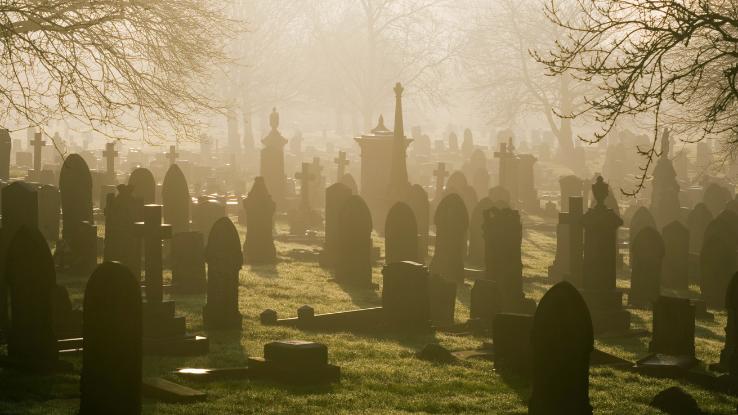
10. Hemophobia
Hemophobia is the fear of claret. While many people feel uncomfortable at the sight of blood, those with a phobia have an irrational fear of the blood-red stuff. Some people feel feelings of dizziness, lightheadedness and occasionally faint at the sight of blood, fifty-fifty when it is something every bit minor as a papercut. The origins of this fear are unclear, simply it may be related to a fear of death.

11. Astraphobia
Astraphobia, likewise known as keraunophobia or brontophobia is the fearfulness of thunder and lightning which can manifest every bit a fearfulness of a potential storm, or may manifest merely when a storm is ongoing. This type of phobia is common in children, and is often outgrown by adulthood. Adults affected past astraphobia may become preoccupied with checking the conditions to predict thunderstorms. Individuals may be peculiarly agape of the thunder, or the lightning, or both.
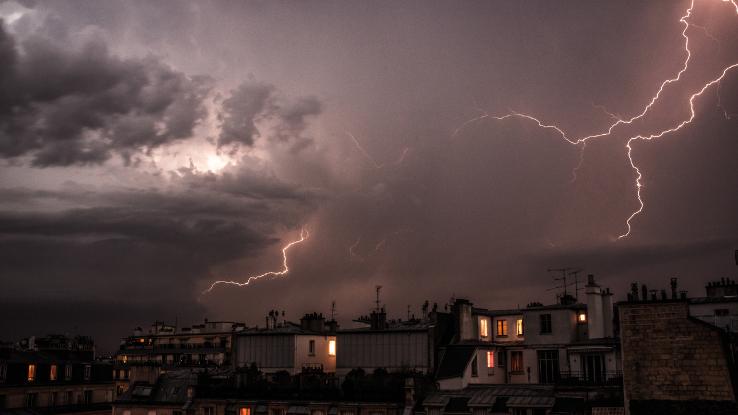
12. Aquaphobia
Aquaphobia is the fright of h2o. This near normally manifests equally a fear of open, at-home water such equally lakes or swimming pools. Information technology may be related to a previous near-drowning feel, and also may be related to a fear of death. Particularly mutual in those who cannot swim, aquaphobia can make individuals avert all h2o sources including the sea, lakes, rivers and even a full bath.
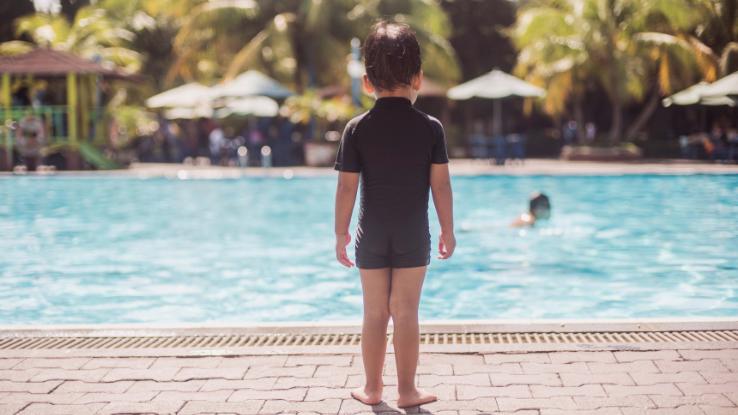
13. Dentophobia
Dentophobia is a fear of the dentist. Whilst most people don't peculiarly enjoy a visit to the dentist, this phobia manifests as feelings of utter panic at the prospect of having to take their yearly checkup. Individuals might avoid the dentist even when they have painful oral cavity conditions and may stop upwards with poor dentition and even issues with eating due to tooth problems. This phobia is related to trypanophobia, the fear of needles. Some individuals require medication to enable them to relax enough to run into a dentist.

14. Ornithophobia
Ornithophobia is a fear of birds. This might be due to a fear of the unpredictable and flapping movements of birds, or may be a fright of beingness injured past a bird. Birds can exist dangerous and exhibit predatory behaviours such equally swooping which tin be frightening. Individuals who are scared of birds will avoid situations where birds may be present, such equally eating outdoors. In severe cases, ornithophobia can lead to people not wanting to go out their home.
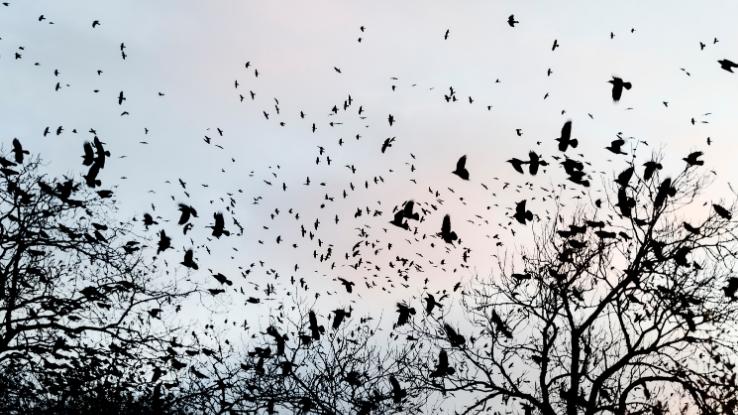
fifteen. Traumatophobia
Traumatophobia is the fearfulness of injury. While it's logical to avoid situations that are probable to result in injury, this is an irrational fear of being injured, even when in a safe situation or where injury is highly unlikely. Traumatophobia is common among those who have experienced significant injury, and is also common in athletes, in whom injury would be a significant career changer. People with this phobia might avoid activities which have even insignificant run a risk of injury, and may avoid disharmonize with others due to the fright of violence and injury.
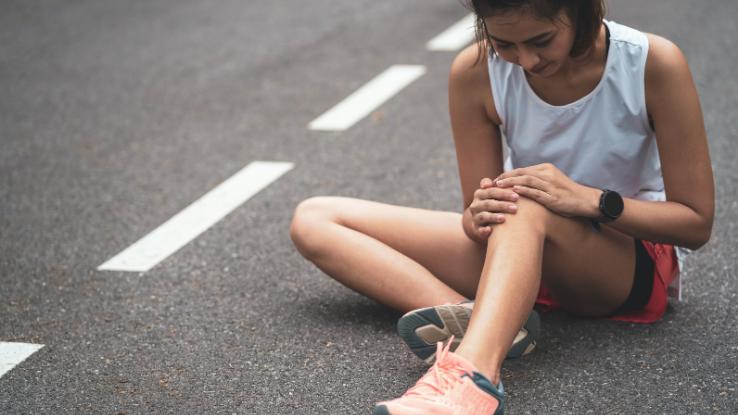
16. Cynophobia
Cynophobia is the fear of dogs, and is often the consequence of a traumatic experience. For example, someone bitten by a dog as an babe may have a fear of dogs into machismo without knowing why. This phobia can crusade people to avoid dog-owning friends or relatives and avoid situations such as outdoor spaces where dogs may be nowadays.
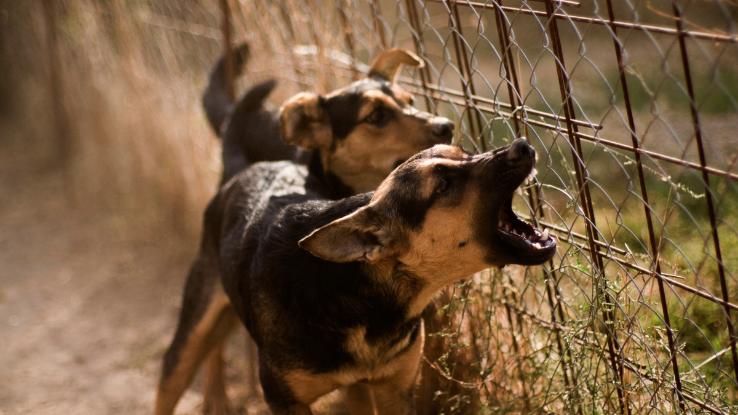
17. Coulrophobia
Coulrophobia is the fear of clowns. Clowns are often portrayed in the media as bad or evil, such equally in the movie "Information technology", where the villain is Pennywise, a killer clown with a creepy and disturbed persona who preys on children. Children might be afraid of clowns from an early age due to their loud and larish mannerisms. Clowns are also thought to trigger an uneasy feeling due to their familiar man body shape, merely slightly unusual facial advent.
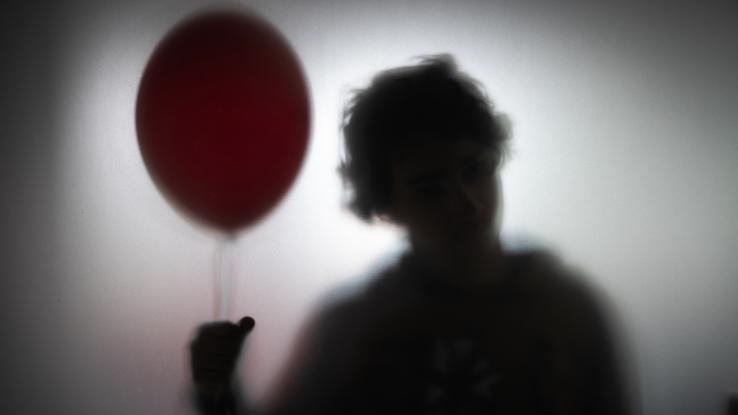
18. Pediophobia
This is the phobia of dolls. Dolls were originally created as vessels for the expressionless, and this seems to be the root of many fears, particularly that the dolls could crusade damage to the person with the phobia. In improver, dolls can appear almost human-like, but with an unnatural appearance, triggering an uneasy non-quite-familiar feeling.
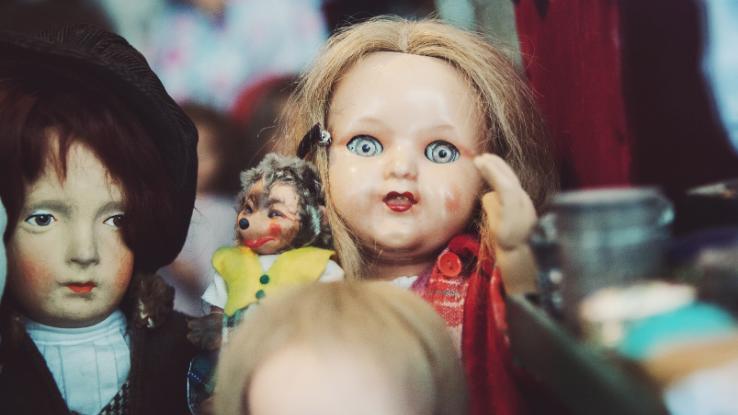
19. Nyctophobia
This is one of the most common childhood fears, the fear of the darkness. This phobia is often triggered by the brain'south perception of what could happen in the dark. This is near ofttimes seen in childhood, merely can be debilitating in adults every bit well. Sufferers may sleep with the lights on, and obsessively carry a torch. This might overlap with, or exacerbate, a fear of confined spaces.
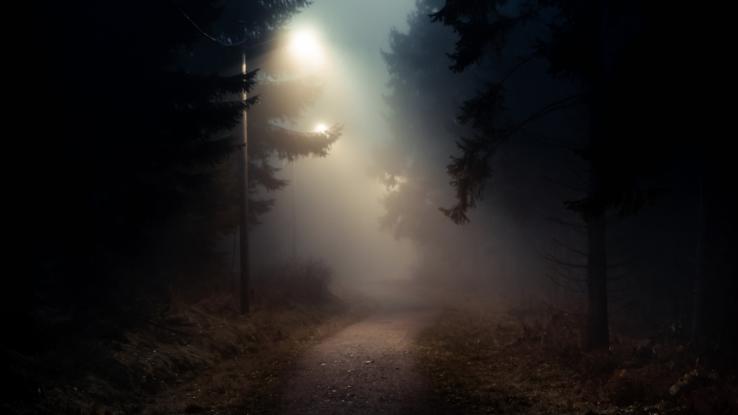
20. Mysophobia
This phobia is the fright of germs. This phobia is related to obsessive-compulsive disorder and this phobia can crusade similar behaviors such as repeated, obsessive hand washing. People with this phobia may cutting themselves off from society for fright of beingness contaminated past germs.
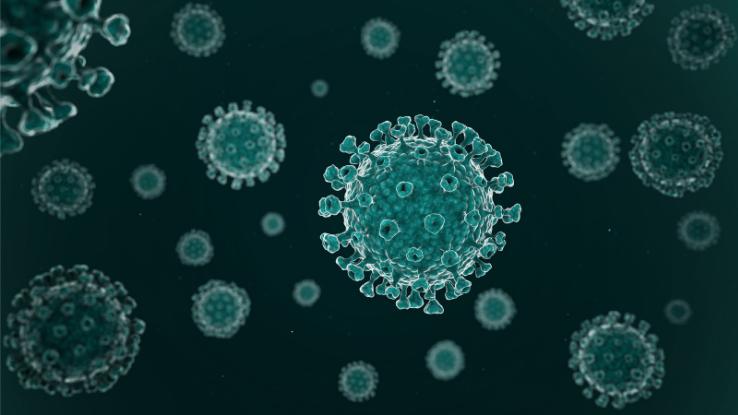
Most phobias can be treated with a combination of therapy and desensitization. Desensitization is where people are repeatedly exposed to the thing that they fear in an effort to overcome that fear. In some cases, anti-feet medications may too be used. Phobias can be debilitating but with the right combination of therapies, recovery is possible.
Resources Links:
- NHS (2018). Phobias.
- National Institute of Mental Health (2017). Specific Phobia.
- Eaton et al (2018). Specific Phobias.
- U.S. Department of Health & Human Services (2017). Phobias.
- Medline Plus (2020). Phobias.
- Mayo Clinic (2016). Specific Phobias.
Source: https://www.symptomfind.com/healthy-living/most-common-phobias?utm_content=params%3Ao%3D740013%26ad%3DdirN%26qo%3DserpIndex
0 Response to "Fear of Never Seeing Yourself Again Phobia"
Post a Comment